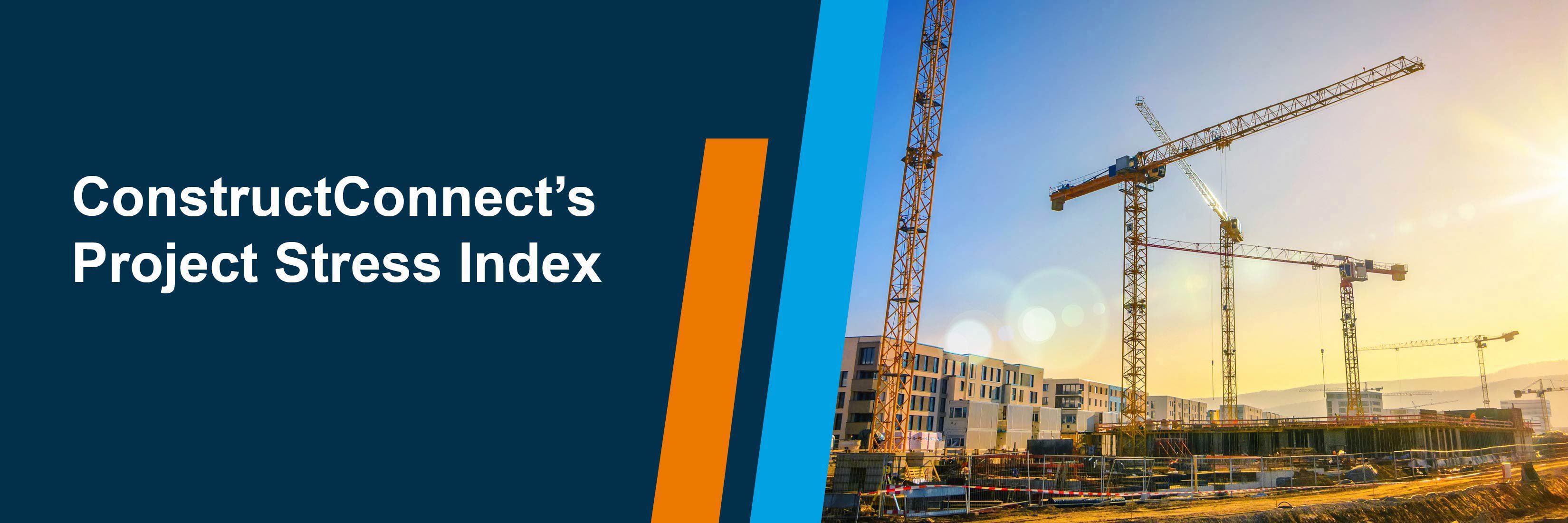Read this article to understand the level of U.S. nonresidential construction projects that have been delayed, on hold, or abandoned.
COMPOSITE OVERVIEW
The Project Stress Index (PSI) composite closed March 2025 at 113.7, marking a 1.1% increase month-on-month.
This modest rise was primarily driven by a significant 9.5% increase in abandonment activity, which more than offset declines in bid date delays (down 0.7%) and on-hold activity (down 8.0%).
Year-to-date, abandonment readings have surged by 41%, far outpacing the 3.5% increase in bid date delays and the 19% decline in on-hold activity observed in 2025.
Concerns over near-term material price increases, labor shortages, and persistently elevated interest rates may contribute to the composite’s latest ascent.
The recent trend in construction project abandonment activity mirrors patterns observed a year ago. At that time, abandonment activity began rising steadily, ultimately becoming the most significant driver of the PSI’s ascent.

Meanwhile, bid date delays and on-hold activity levels fluctuated but remained within historical norms. Currently, abandonment activity is once again significantly higher relative to the other components of the Index.
Over the past four months, bid date delays and on-hold activity have declined, while abandonment activity has risen.
COMPONENTS MONITOR
Delay Bid Date
102.6
|
On Hold
92.7
|
Abandoned
145.9
|
 |
 |
 |
SECTOR STATUS UPDATE
Due to the different economic market forces influencing them, public and private construction projects often exhibit distinct stress trends. In recent weeks, bid date delay activity across both sectors has been generally muted, with each series moving well within its historical norms.
Measurements of on-hold activity have modestly diverged in recent months, with impacted private projects increasing while public projects have reported a steady decline over the past four months. Private sector abandonments continue to dominate relative to their public equivalent. During March, there were nearly two private sector abandonments for every abandoned public project.
About the Project Stress Index
The Project Stress Index (PSI) composite represents an equal-weight measure of the seasonally adjusted level of preconstruction projects that have experienced a delayed bid date, been placed on hold, or abandoned in the last 30 days. The PSI only monitors nonresidential and multifamily projects in their preconstruction phases, thus excluding any single-family home construction. Each component has been seasonally adjusted and then indexed against its 2021 average weekly reading. The independent tracking of each status type gives unique insights into market changes’ timing, direction, and amplitude. Additional information about the PSI, including detailed data about the individual readings for delayed, on-hold, and abandoned projects, can be found here.
